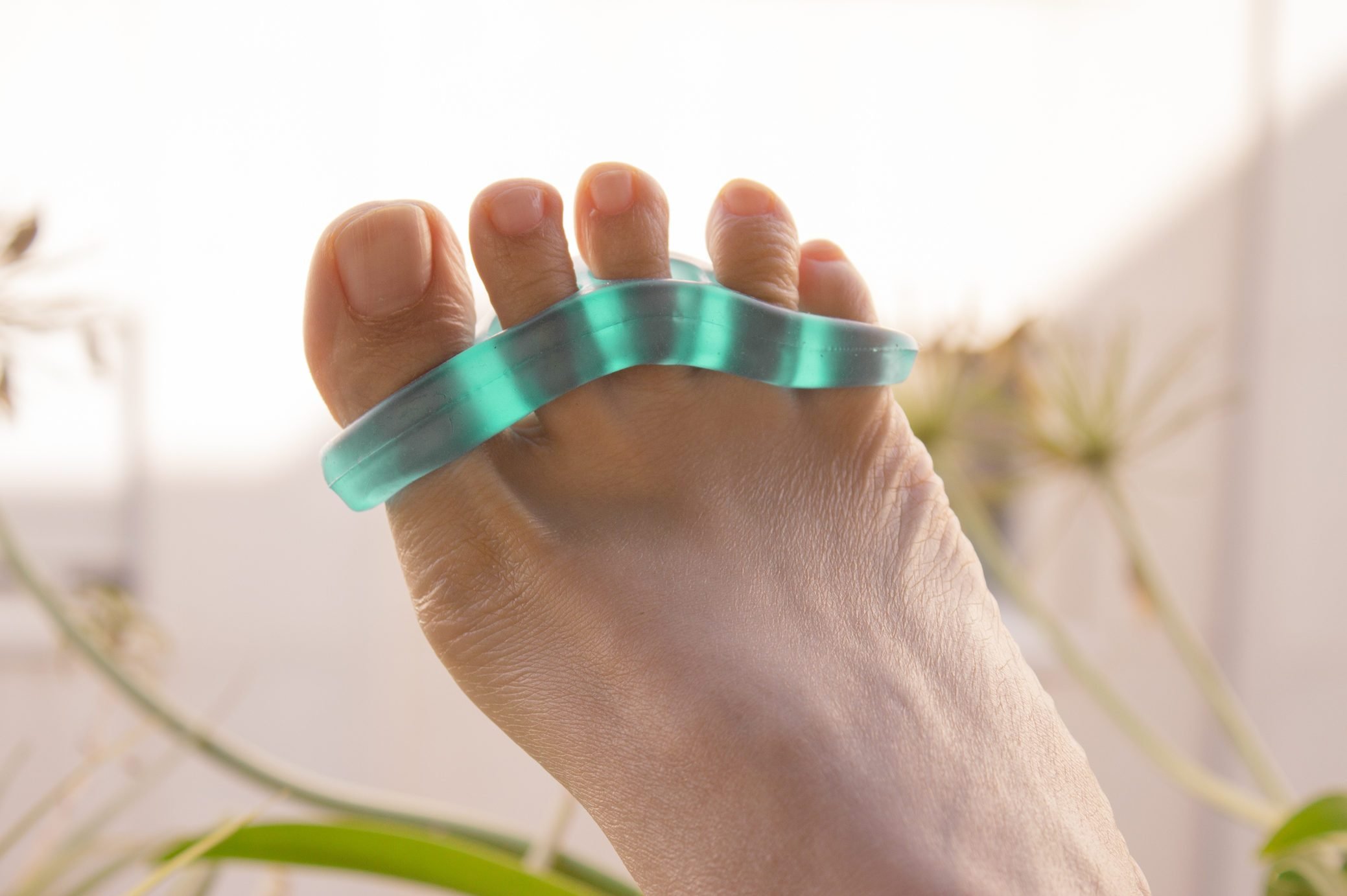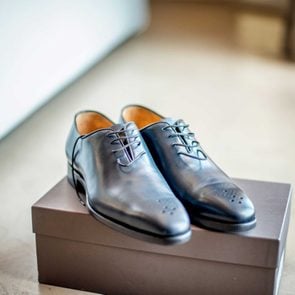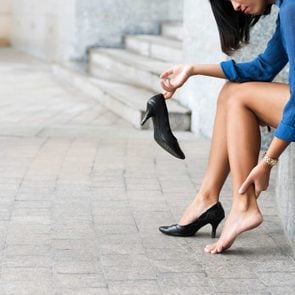Can Toe Separators Really Help Foot Pain?
Updated: May 14, 2021
Toe spacers stretch and separate your toes, promising to give relief from toe and foot pain. Here's a look at when they might work and how to use them.
What are toe separators?
If you’ve ever googled toe or foot pain, there’s a good chance you’ve been inundated with ads for toe separators—foot devices that, well, separate your toes.
Also called toe spacers, they’re usually made out of hard plastic, soft silicone, foam, or rubber. They come in a variety of colors, styles, and sizes, and range from a few dollars to up to $100. (Silicone-based “yoga toes,” for instance, come in at $30.)
You can even find types that are infused with scented oils, crystals, magnets, or metals for what manufacturers claim are extra “healing” properties.
Sure, they may look a little silly. But how do they work, and can they actually help with toe or foot pain? First things first: You need to get an idea of what might be causing your pain.
What causes toe and foot pain?
Treating the pain without addressing the underlying condition won’t help and may cause more harm in the long run, says Kenneth Jung, MD, an orthopedic foot and ankle surgeon at Cedars-Sinai Kerlan-Jobe Institute in Los Angeles.
Common causes of toe and foot pain include bunions (painful, bony bumps at the base of the big toe) and hammertoes (a toe that’s stuck in a bent or curled position at the middle joint).
All types of arthritis—including osteoarthritis, inflammatory, rheumatoid, and gout—can cause pain and swelling in your toes.
(Gout vs. bunions: here’s how to tell the difference.)
Other toe and foot pain can be due to plantar warts, calluses, corns, or poorly fitting shoes.
Pain can be due to bony growths on your toes, heels, or ankles (called bone spurs) or from neuromas, which occurs when the tissue around one of the nerves leading to your toes becomes scarred or thickened.

Do toe separators really help?
It depends on what you’re using them for, Dr. Jung says.
These devices are designed to hold your toes in the “correct” position, which can help reduce pain, prevent ingrown toenails, and may help conditions that benefit from stretching, like hammertoes.
They can also help slow down the progression of some structural deformities, like bunions. What they won’t do, however, is correct the underlying structural problems causing the pain. They also won’t treat or mitigate underlying diseases, like arthritis, he says.
(Learn more about how bunion correctors work.)
Toe separators for bunions
Toe separators are commonly marketed specifically for use with bunions, and they might provide some benefit there, according to a 2018 study published in the Journal of the American Podiatric Medical Association.
Researchers randomly assigned 28 women with moderate bunions to receive specific foot exercises and stretches and asked that they wear toe separators for more than eight hours each day. After three months, the women who followed the treatment protocols reported less foot pain and greater flexibility and strength than 28 other women in a control group.
The exercises and toe separators together seemed to provide the results, but more research needs to be done on which aspects of the intervention were the most effective.
A separate randomized, controlled trial, published in Prosthetics and Orthotics International, found that the use of toe separators decreased pain caused by bunions.
Researchers compared 30 women using toe separators alongside custom shoe insoles with 30 women using night splints, another commonly recommended treatment for bunions, and found that the toe separators gave a significant reduction in pain while the night splints made no difference.
Because the women used both an insole and toe separator, it’s hard to know which led to the reduction in pain, or if it was a combination of the two.
Toe separators for gait problems
Certain toe spreaders may help correct gait problems by activating different muscles in the legs, according to a 2013 study published in the Journal of Physical Therapy Science.
The researchers asked 20 men to wear two different kinds of toe spreaders—one soft, one hard—and measured the activity in their lower leg muscles. They concluded that soft toe separators may help strengthen the supporting leg muscles, which could lead to decreased foot pain caused by walking incorrectly.
There is no evidence to support gimmicky additions, like scents, moisturizers, magnets, or copper threads, but they likely don’t cause any harm either, Dr. Jung says.
How to use toe separators
It can’t hurt to try toe separators, and they may provide some pain relief or other benefits, Dr. Jung says.
If you want to try them, start by finding a style that you like, and be sure they fit comfortably. Wear them with bare feet (not in shoes), while you are lounging or sleeping. There are some types made specifically for walking but most aren’t.
Wear them as often and as long as you can tolerate them. “Some people find them very uncomfortable or weird-feeling at first, but you get used to it over time,” Dr. Jung says. “If they cause more pain, stop using them immediately.”
For maximum benefit, use toe separators in conjunction with exercises and stretches designed to target your feet and toes, says Sophia Solomon, DPM, a board-certified podiatrist and foot surgeon in New York City.
To resolve foot pain, it’s also important to live a healthy lifestyle by exercising, losing excess weight, and eating a healthy diet. Some diet changes, like avoiding inflammatory foods or those containing uric acid, can help particular types of toe pain, like that caused by inflammatory arthritis or gout, Dr. Jung adds.
When to see your doctor
Home remedies, like toe separators, can only take you so far. Underlying structural damage to your bones, joints, and nerves needs to be addressed by a podiatrist or orthopedist, Dr. Jung says. Illness and infection also should be addressed by a medical professional.
If you experience pain, swelling, redness, stiffness, and/or soreness for more than two weeks, it’s time to call your doctor.
If your pain is very intense or if symptoms come on rapidly or are accompanied by signs of infection, like a fever, call your doctor immediately.
Next, check out the 28 things your podiatrist wishes you knew.




















